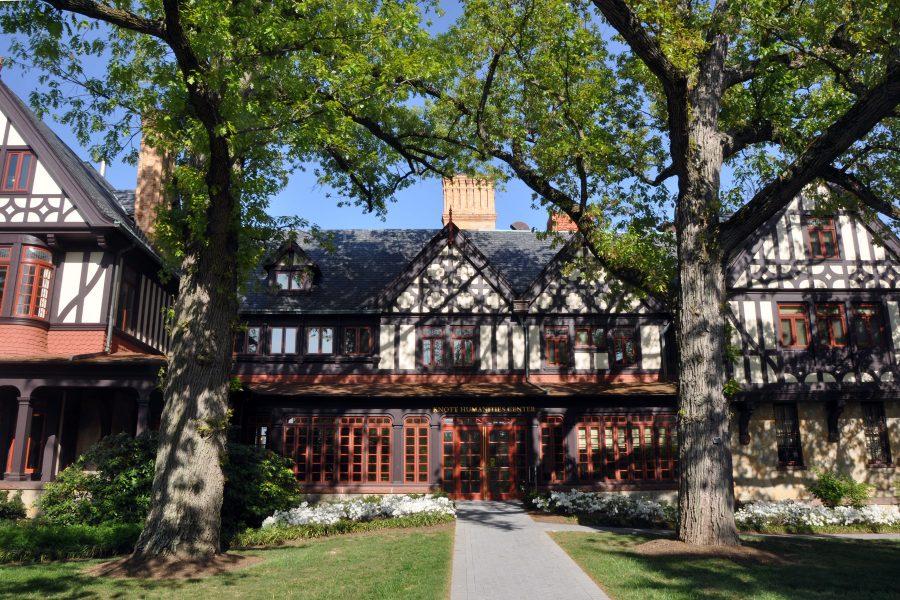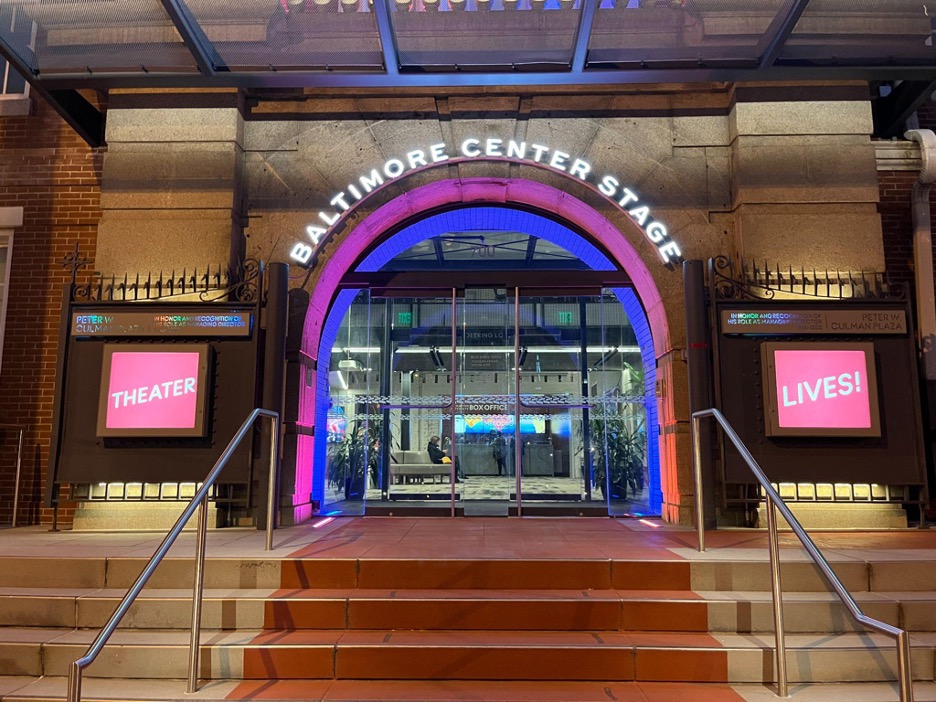With changes and the future of the University on the mind, The Greyhound sat down with President Rev. Brian F. Linnane to discuss Loyola’s next steps, and delve a little bit into its past.
Linnane discussed how the university is looking to grow in the next five years with its new strategic plan, “The Ignatian Compass: Guiding Loyola University Maryland to Ever Greater Excellence.”
According to Linnane, the process of creating the plan was “extensive,” and included the thoughts of students, faculty, and staff.
“People felt that they wanted a more experiential understanding of our Jesuit and Ignatian character,” he said.
Overall, the plan includes a leadership workshop that will help administrators and staff lead in a more Jesuit way, an improvement of career services, and the addition of an Ignatian Commons for students to gather. It involves new construction as well as renovations to some of the university’s current spaces.
“We are in the process of building another building behind Beatty [Hall] that will link to Beatty and will provide more space for career services,” he said. “We are doing a complete renovation of the third floor in Andrew White this summer for student activities, student government, ALANA services, so that the old Reading Room will go away, and this will provide greater space for gathering.”
Although the university is planning to expand both academically, spiritually and physically, Linnane believes that philanthropy is vital for the university to be financially viable.
“I cannot emphasize how important philanthropy is to the life of this university, and any other university,” he said. “That is part of the strategic plan, to create a culture and engagement in philanthropy—that people want to be involved and want to give back.”
On Nov. 28, the university held Giving Tuesday to celebrate the 165th anniversary of the school by asking for 165 new gifts from the Loyola community.
“Loyola took the opportunity to celebrate our 165th anniversary and set a goal of 165 gifts in one day from alumni, parents, students, and friends. We received 193 gifts totaling $51,126. We exceeded our goal and this has been our most successful Giving Tuesday effort to date,” Assistant Vice President for Advancement Brian Oakes said.
Loyola allows donors to designate their gifts to athletics, one of Loyola’s three schools, or the Evergreen Fund for financial aid.
“One of the things that we need to do is to increase philanthropy to the university because we cannot raise tuition the way we have in the past,” Linnane said.
Contributions to the Evergreen Fund are important to Oakes as well.
“Loyola is committed to making a Jesuit education accessible to as many students as possible,” Oakes said. “The gifts we receive to the Evergreen Fund go directly to support our students and help defray the cost of tuition.”
Oakes stressed that gifts are necessary in order for students to receive the Jesuit model that the university has embraced since 1852.
“At Loyola, Jesuit education is directly taught and personally experienced in small classes with professors [who are] experts in their fields, not in huge lecture halls taught by teaching assistants,” Oakes said. “Our model is not inexpensive, but we believe it is the best way to prepare students to learn, lead, and serve in a diverse and changing world.”
Linnane discusses Loyola’s history
For 165 years, Loyola University Maryland has served as an institution rooted in Jesuit tradition.
In 1852, Loyola College was founded as a gift to the city of Baltimore. The original school was located in downtown Baltimore, where the campus was filled with young Catholic men who commuted to campus each day.
Loyola moved to the Evergreen Campus in 1922, where it has remained for the past 95 years. The Humanities building was once a residential home and eventually a nursing home for disabled soldiers from World War I.
In 1964, the Rev. Joseph A. Sellinger became president of the college, and started enacting changes that were controversial at the time.
“One of the things that he did was start residence halls,” Linnane said. “It seems self-evident to us that you would need that, but it was a huge ruckus because it was them turning themselves away from Baltimore.”
According to Linnane, it was difficult for some to accept that students would be traveling from around the country to attend Loyola, and not just commuting from Baltimore.
Loyola began enrolling women in all undergraduate grade levels under Sellinger in 1971 after a merger with Mount Saint Agnes College, which was run by the Sisters of Mercy.
“The feeling again was that it was ruining a tradition,” Linnane said. “[But Sellinger] saw that this was the way of the future, that this was going to be absolutely essential to the continued success of the college. He really transformed the institution.”
Sellinger remained president until his death in 1993. The Rev. Harold Ridley took over after Sellinger’s passing.
Linnane became president in 2005. He eventually decided to name Loyola a university instead of a college. Loyola College officially became Loyola University Maryland in 2009.
Linnane said in a 2009 New York Times blog that the change “more fully reflects the comprehensive, exceptional institution we have become,” and that the university wanted to distinguish itself from other Loyola-named institutions across the country.
He said that his favorite accomplishments since the name change include the Messina program and the increased diversity on campus.
“I think that the university has to adapt to a changing society in order to prepare our students to take their place in it…We talk about a Loyola education as time-tested and future-proof,” Linnane said. “As a Jesuit university, we are part of the oldest, continuous educational network in the history of the world.”
















































































































